

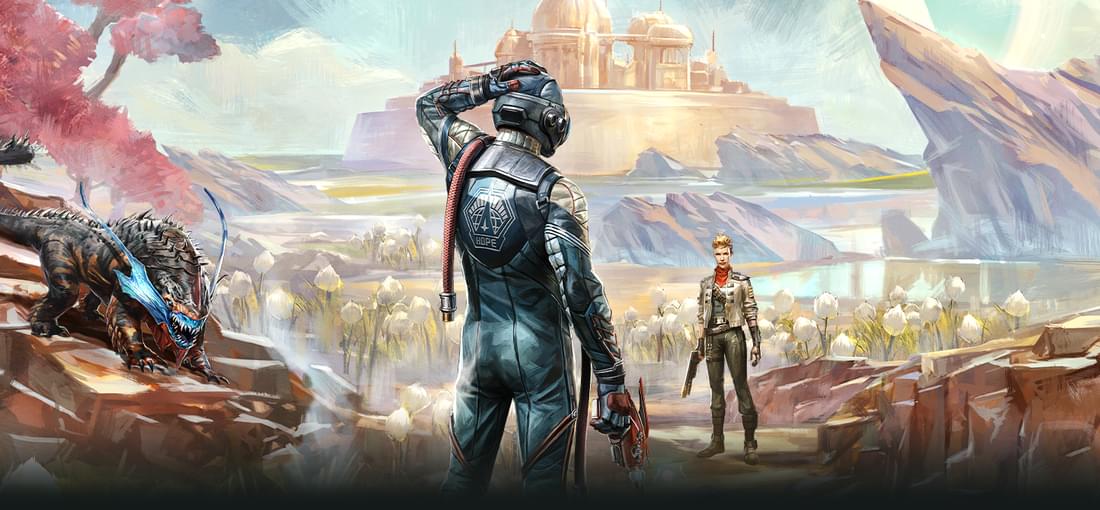
I'm a huge fan of dirty, worn-out sci-fi, and The Outer Worlds delivers that in spades, tied up alongside a scathing critique of the all-consuming misery of capitalism and Obsidian's trademark funny dialogue. It's a shame it was a bit rushed at the end, but that does little to ruin the fun. Like Fallout: New Vegas before it, The Outer Worlds is largely a vector for Obsidian to turn both barrels on corporate hellscapes. We are a colonist in the Halcyon system, but our ship is lost en route and not found again for 70 years. Waking from cryo sleep, the system turns out to be utterly in thrall to the Halcyon Holding Corporation, with the various denizens stuck living in a grim cycle where everything is monetized and paid right back to the company. Thank goodness that could never happen today. Also like Fallout, The Outer Worlds is ostensibly a FPS-RPG but the combat isn't really the core focus; it's an Obsidian game, so really it's all about the writing. There are a ton of choices you get to make that affect the power of Halcyon's owners, and all of them are underpinned not just by a cynical critique of the governing system but also by a sparkling sense of humanity that make seeing questlines through a real joy.
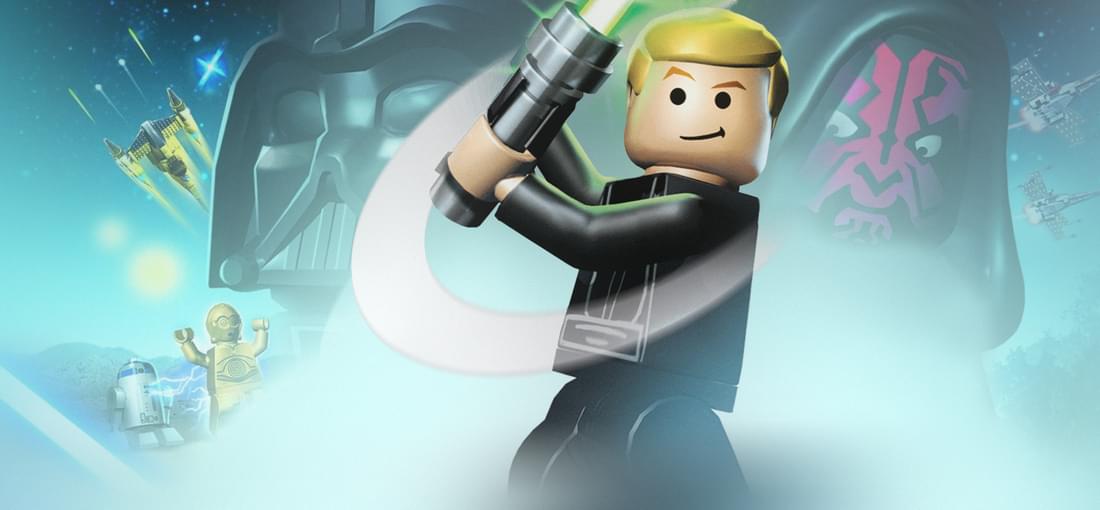
The games that kickstarted LEGO's licensed game dominance, The Complete Saga bundles together both LEGO Star Wars 1 and 2, while taking the opportunity to update them both to the standard set by the 2nd game. Perhaps the most iconic example of how the early LEGO games worked, LEGO Star Wars is a young player-friendly action-platformer that takes you through an adaptation of all 6 Star Wars movies while also throwing in some light slapstick comedy that often makes reference to the fact that everything is happening in a world of plastic bricks. The games are, without a doubt, definitely dated now. The way LEGO games work has evolved over the years such that these feel a bit clunky to play, especially when you get to the vehicle sections. However, that doesn't stop them from still being very fun and a fun way to spend a few hours, particularly if you're a completionist looking to collect everything.

A classic Star Wars game that bears all the hallmarks of an early PC action game right down to the dodgy controls and maze-like levels, but it holds an undeniable charm for Star Wars fans. We follow Kyle Katarn, hero of the previous Dark Forces games. He's since retired from the Jedi business and now makes his living as a mercenary working with the New Republic, making life hard for the Imperial Remnant. However, when a new threat in the form of the Dark Jedi Desann surfaces and threatens Luke Skywalker's budding Jedi Academy, Kyle finds himself drawn back into the fight and the Force. It's a solid story, not too out of place in the canon of the old Expanded Universe, albeit one that absolutely drips with 90s action movie bravado. It can't help but be slightly narmy, but there's a sense of fun to that. The gameplay is split between first-person shooting and third-person hacking once Kyle picks up the old lightsaber again a few levels in. It's a bit janky, with wonky hit detection and labyrinthine levels, which is an era of game design that I'm afraid to say hasn't aged terribly well. Still, to me this game holds a retro charm, and the gameplay is part of that. If you've not got a ton of patience for it I'd steer clear but otherwise this is a vital part of the Star Wars gaming pantheon.
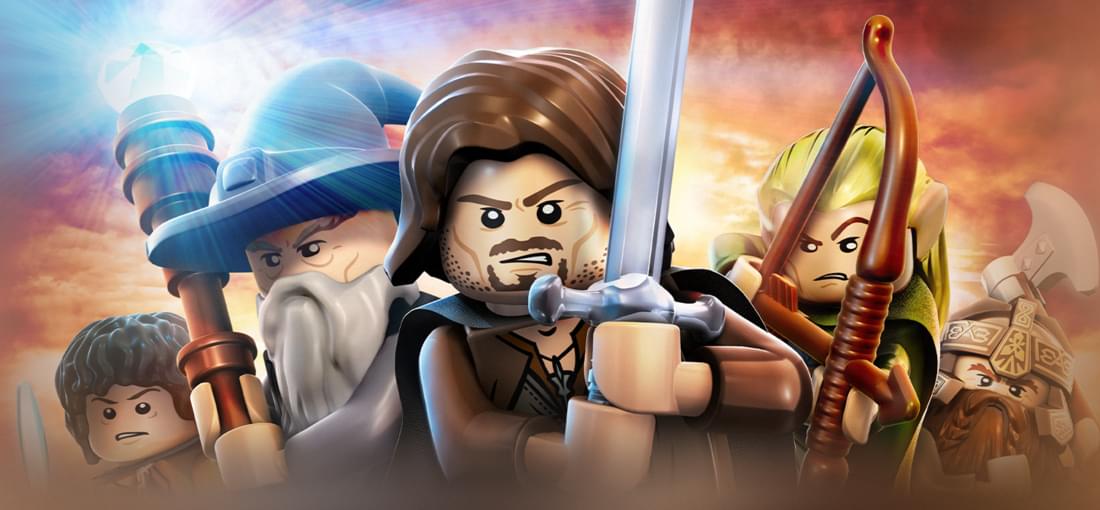
LEGO's take on Peter Jackson's The Lord of the Rings trilogy manages to juggle the LEGO games' trademark slapstick comedy and being a faithful adaptation of the material, as well as innovating in ways that would come to define the way later LEGO games work. Our plot here, of course, concerns Frodo Baggins, a young hobbit who finds the legendary One Ring forged by the Dark Lord Sauron in ages past. It contains all his power, so Frodo, aided by a motley crue of hobbits, men, an elf, a dwarf, and a wizard, sets off on a massive quest to destroy the Ring in the one place it can be: the volcano where it was forged, deep in the heart of Sauron's territory. Obviously you know all about LOTR, it's one of the fundamental baselines for fantasy, and Jackson's adaptation of it remain one of the greatest trilogies ever put to film. LEGO's adaptation of it follows those films pretty closely, with a few expected tweaks here and there for the sake of the game. If you like LOTR, this game is a sweet and often quite funny riff on it. The basic gameplay is the same action-platforming stuff as had been seen in prior LEGO games. Up to two players roam through levels beating up baddies and solving puzzles, not to mention smashing up a fortune in plastic clicky-bricks. As ever there's a ton of post-game content to dive into as well, ranging from hitting 100% completion in the levels to roaming what remains as one of the coolest open-world depictions of Middle-Earth ever, with a fully explorable map that stretches from Bag End to the far corners of the ashen wastelands in Mordor. My only gripe with it is the voice acting, which has clearly been ripped from the films, but the editing is jarring and doesn't often feel like it fits (it, in a sense, kind of aurally hovers a foot away from the mouth, if that makes any sense). Still a worthy part of the LEGO franchise over a decade on!
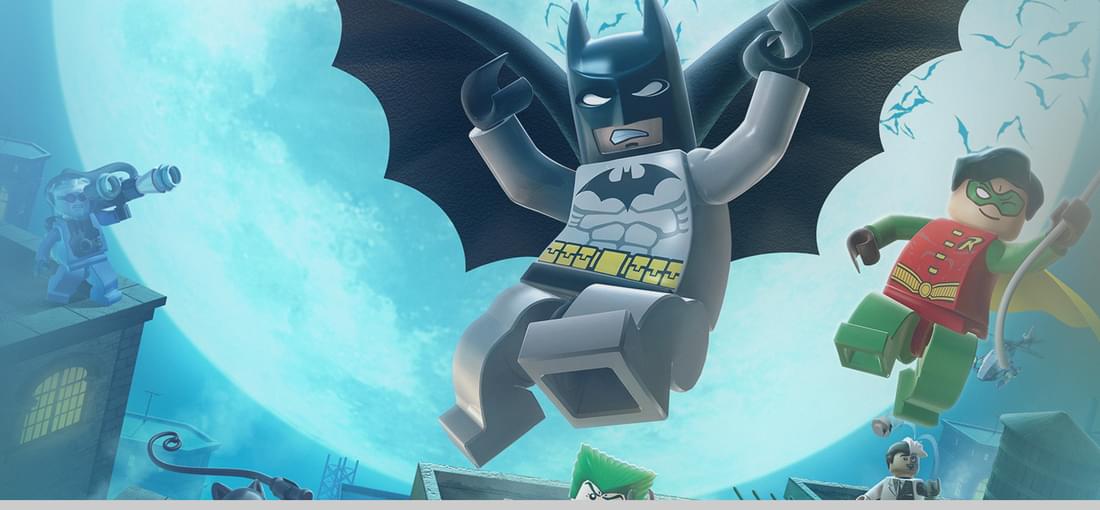
One of the early forays into the licensed LEGO game model, LEGO Batman feels a bit dated these days but still provides a fun, light-hearted adventure. As you'd expect, we play in this game primarily as the Dynamic Duo of Batman and Robin as they fight crime in a big plastic brick version of Gotham. LEGO Star Wars before it set the precedent of having the game split up into separate stories but because this game has an original narrative, the way this was done was to give Batman 3 main villain plots to foil with around 5 levels spent on each. Our plotlines are split between the Riddler's crew robbing a bank, the Penguin's gang setting an army of gun-toting robot birds loose (as you do), and the Joker and Harley Quinn trying to blow up a cathedral. Because this is an early LEGO game, everyone speaks in grunts and slapstick routines, but you get the gist of what's occurring fairly easily - it's not the most complicated plot after all. Gameplay is typical LEGO action-platforming, but this game's twist is that its heroes can access special suit changes in order to fulfil whatever roles are needed at a given moment. Batman, for example, can unlock a sonic suit to shatter glass, while Robin can don a tech suit and pilot an RC car around confined spaces; in contrast, other characters in the game can typically only do a scant handful of special actions. One of the game's draws is that alongside the hero campaign you also get the villain stories, following each supervillain as they put their dastardly plan into action - these missions are a great way to add longevity to the game, but because it extends the game's runtime from 15 levels to 30 it does get a bit exhausting by the end.

A charming visual novel with some unique gameplay touches that embellish the sweet relationship story in pleasing, tactile ways. We are Florence, a young woman and artist stuck in a dreary 9-5 existence whose life has muddied to shades of grey. One day she stumbles across Krish, a cellist playing music in the street and the two rapidly fall in love. It's a story you've seen a thousand times - up to and including the ending, I would wager - but what makes Florence interesting is the way it tells the story. Broken into chapters, Florence opts to be completely wordless, instead conveying everything through images in a beautiful hand-drawn style. There's a feeling of reading an interactive graphic novel as you play, in part because you have to scroll through the images as if you're dragging the pages along, and small interactive elements give texture and colour to the interactions between Florence and Krish, such as having to drag together speech bubbles to show how shy and unsure our protagonist is.

As Cult of the Lamb begins, our protagonist, a shivering lamb, is ritually slaughtered by the Bishops of the Old Faith. In the limbo between life and death we are visited by The One Who Waits who restores us to life with a new task: build a cult in their name and destroy the Bishops who keep them sealed away. The game is split into two distinct parts: managing your cult, and going on crusades. You care for your cult by way of a fairly simple management sim, building houses, generating resources, and installing giant forbidding monoliths to your grim and brutal god to whom your supplicants pledge their very lives. Your cultists need to be kept fed and clean, as well as being provided constant reminders of why they have to keep their faith; doing this lets you level up a slew of different trees that affect everything from you combat proficiency to what kinds of upgrades you can build and even what doctrines your cult will take on. Going on a crusade means embarking out into the lands of the Old Faith. Each run into the territory of one of the Bishops takes you through randomized rooms until you reach the end or die trying - although CotL isn't that difficult so you might not see too many deaths unless you're on the harder difficulties. The combat has been patched since release and in its current state it's quite fun - I especially like the variety in weapons and magic on offer, and the collectible Tarot cards can be used to outfit your Lamb with a variety of powerful and run-altering passive effects. While it might not seem a lot here, in practice the depth and synergy of the mechanics keep you hooked. It's a remarkably well-built game, where everything comes together in a massive, seamless feedback loop.
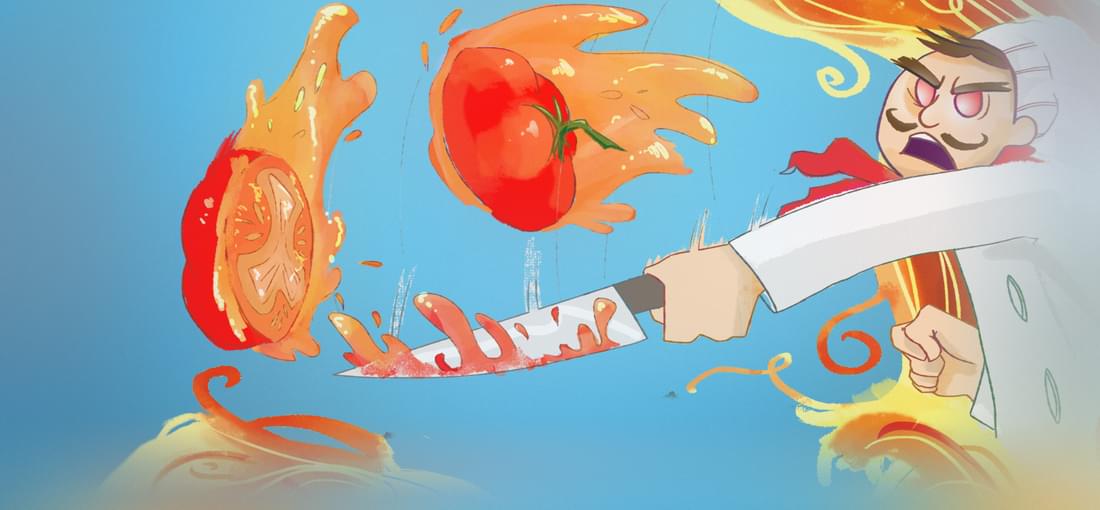
An incredibly hectic microgame-based restaurant sim. In Cook, Serve, Delicious! you play as a restaurateur, opening your little cookhouse and hoping to reel in enough customers and cash to upgrade your tiny place into a 5-star world-renowned eatery. During the day you'll have customers trickle - or eventually pile - in to your restaurant and order food. Each item has an associated microgame, from opening a bottle of wine to putting the right toppings on a pizza, and getting it wrong can upset your clientele, which in turn creates "negative buzz" and detracts people from visiting. A lot of the game comes down to rote memorization of what sequence of buttons needs to be pressed for each order, but the sheer amount of food types and individual recipes within each one means that your mind will be reeling as your restaurant gets busier. It all blends together in a raucous, frantic scramble that is, at its peak, intensely stressful - but in a way that's still extremely fun. Between rounds you can change your menu for the following day, buy new foods and items for your restaurant, upgrade foods to more complicated but expensive versions, and even take part in specialist challenges, such as competing on the TV show Iron Cook. The game forces you to keep changing up your menu in order to manage your "buzz" so there's an element of needing to master as many different foods as possible, which keeps the game's panic levels high! At the higher levels of the game CSD is almost frustratingly difficult, but it's also a marvelously rewarding game. Its age is of no relevance, really; the formula is so beautifully simple that it has stayed a game I love coming back to for years now.
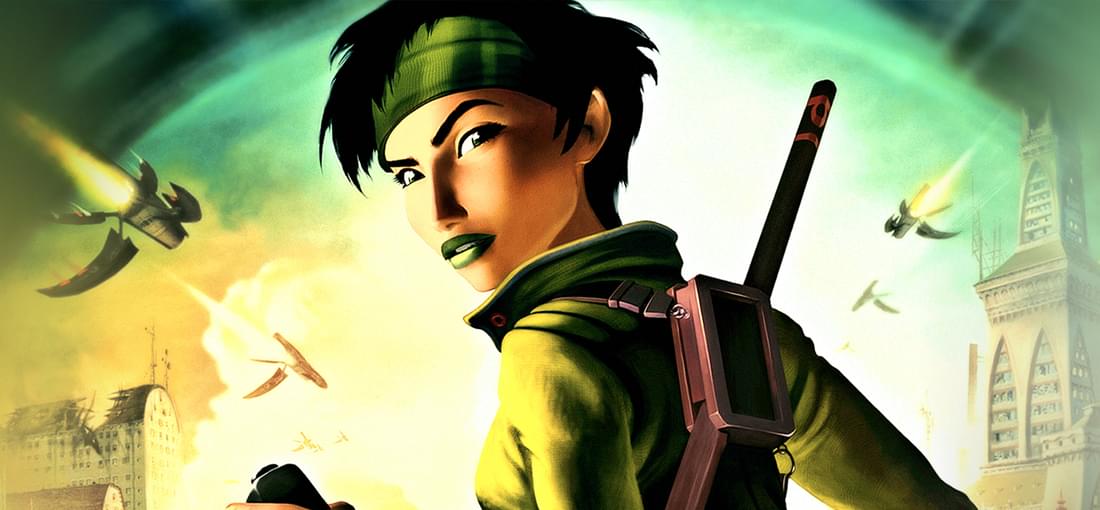
Famous for underperforming on release, Beyond Good & Evil is one of Ubisoft's great cult classics. Set on the idyllic world of Hillys, we play as Jade, a photographer who finds herself wrapped up in a shadowy conspiracy as a cell of rebel journalists hires to sneak into the bases of the local military authority, the Alpha Sections, and uncover whatever links them to an invading alien race known as the DomZ. Part stealth, part action, part photography-simulator and part hovercraft driving, the game juggles a lot of hats at once, making it an ambitious title for the early 2000s, and this does mean it doesn't do anything brilliantly, but the powerful atmosphere and shining creativity on display carries Beyond Good & Evil in a beautiful way.